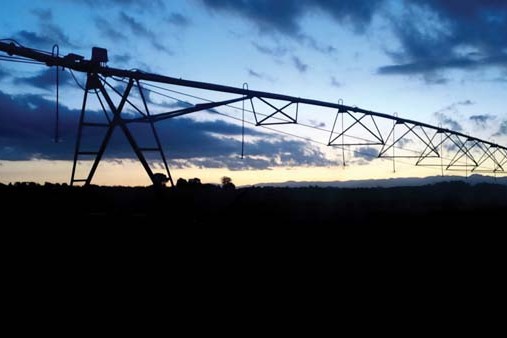Changes in an uncertain environment
Transitioning to a System 1 operation with A2 cows is in progress for Pete Morgan on his farm at Pokuru, near Te Awamutu.

The overwhelming damage around New Zealand in the last few weeks has been extremely sobering for all farmers. It brings home how necessary resilience is for our farming business to be sustainable.
How do we then optimise our farming systems to face both future environmental and economic challenges?
Like all dairy farmers, the decisions Ann and I are facing to evolve our business to meet these two challenges are not clear. Carbon mitigation research can’t yet give us useful tools or the exact costs of our emissions starting in 2025.
We don’t yet have the answers to what the ultimate dairy system is to navigate the future. While we know the main driver of our emissions is feed eaten, should we move our System 2 to a 1 (decreasing CO2eq/hectare) or 3 (decreasing CO2eq/kg milksolids)?
Does the fact NZ has the lowest C footprint matter? Should our national C emission be expressed per capita of the extra 30 million people NZ feeds? Is investing in more technology best or should we strip back to the lowest-cost system possible? What are our consumers going to respond best to for us to maintain our premium?
Change is difficult without a clear sense of direction.
We’ve been weighing up the sustainability factors for our business given our environmental progress so far and now have disruption, carbon and people at the centre of our decision making.
For a number of years, we have been milking 630 cows through two sheds, at a low DairyNZ System 2, with five staff and have been stretched. It’s been a profitable system, but with what’s ahead we don’t think it’s secure. Do we just carry on fine-tuning what we are already doing to see if it will adapt or will it still be a flawed system?
So we are doing a big change next season.
We have opted to strip our operation back to a System 1, drop our cow numbers from 630 to 510, swapping out 150 cows to go all A2, keep all young stock at home and rely on homegrown feed and crops.
We kept our R1s at home to start the process and to get used to learning about managing and growing our youngsters.
I thought I knew about managing stock but it’s been a great learning process for us.
We will be able to milk all cows through one shed and reduce our labour requirement by 25%. We will be able to be less hands-on, being supportive to our staff while having more time to spend with family and engage in our industry interests.
We are looking to reduce our N below 50kg/ha and carbon from 8.2 tonnes CO2eq/ha.
Who knows? We might be better to U-turn and increase intensity, but we know making no decision is usually a bad decision and if need be we will adapt again.
We will be working with DairyNZ as a Focus Farm and AgFirst to model and monitor the changes. We’ll let you know how it goes.






